Best Space Photos of the Week
Space Shuttles, Saturn Storms and ... Elmo?
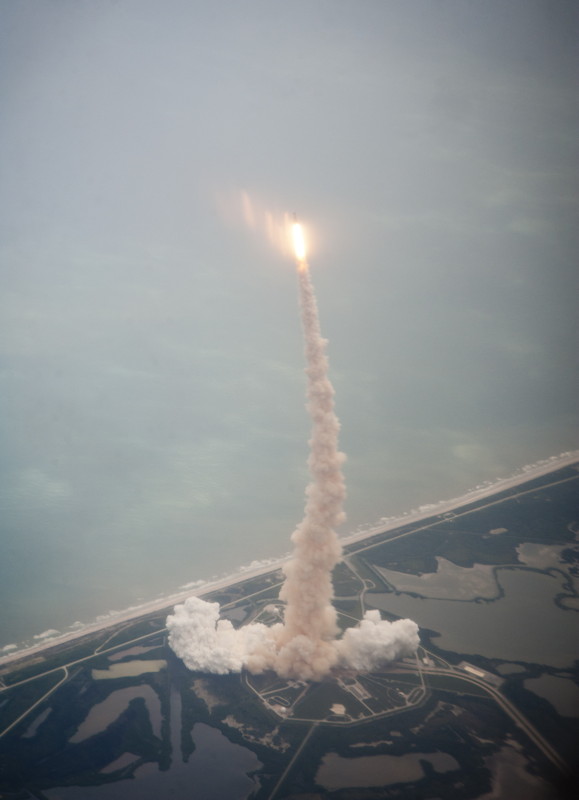
This week saw the NASA's last space shuttle launch, a monster storm on Saturn and a muppet named Elmo dressed in an astronaut flight suit in what may be one of the more unique events around the cosmos.
Check out the last week in space as it happened in photos:
Saturn's Great White Storm
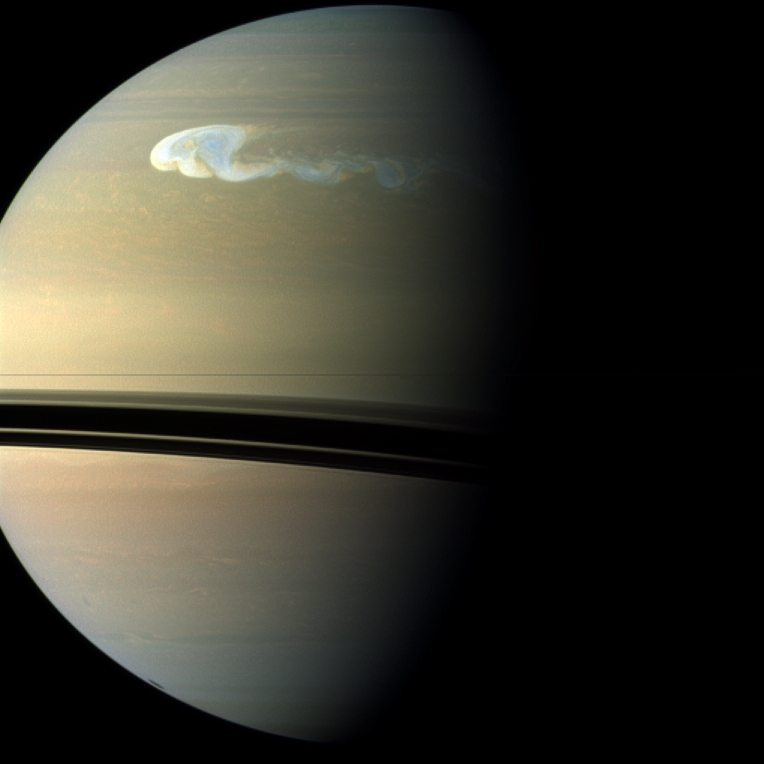
The Great White Spot on Saturn has been imaged in unprecedented detail and is now yielding clues to how this titanic storm may have formed far earlier than scientists expected.
The staggeringly powerful thunderstorm is approximately 6,200 miles (10,000 kilometers) wide, nearly as wide as Earth, and has a tail of white clouds that encircles all of Saturn. [Read More]
Shuttle Launch From Above

The breathtaking final launch of the space shuttle Atlantis on July 8 was captured in an incredible photo snapped from an airborne training aircraft NASA uses to teach astronauts how to fly the winged spaceship. [Read More]
Supernova's Dusty Secrets Revealed
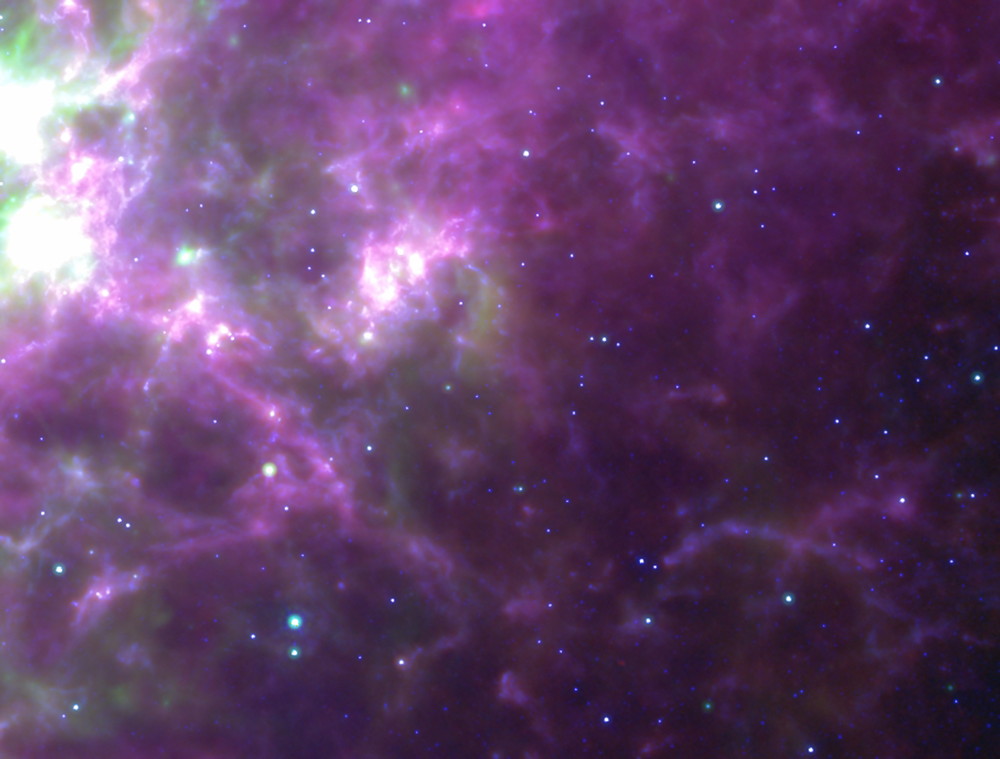
Using the European Space Agency's Herschel Space Observatory, scientists detected enough cold dust to make up about half of the sun — more than a hundred thousand times the amounts previously seen.
While using Herschel to survey the nearby galaxy known as the Large Magellanic Cloud, the team saw a bright glow around a young supernova called SN1987A. They quickly realized that the emission came from dust almost 300 degrees Fahrenheit (160 K) cooler than previous instruments had registered. [Read More]
Last Shuttle Crew Waves Farewell
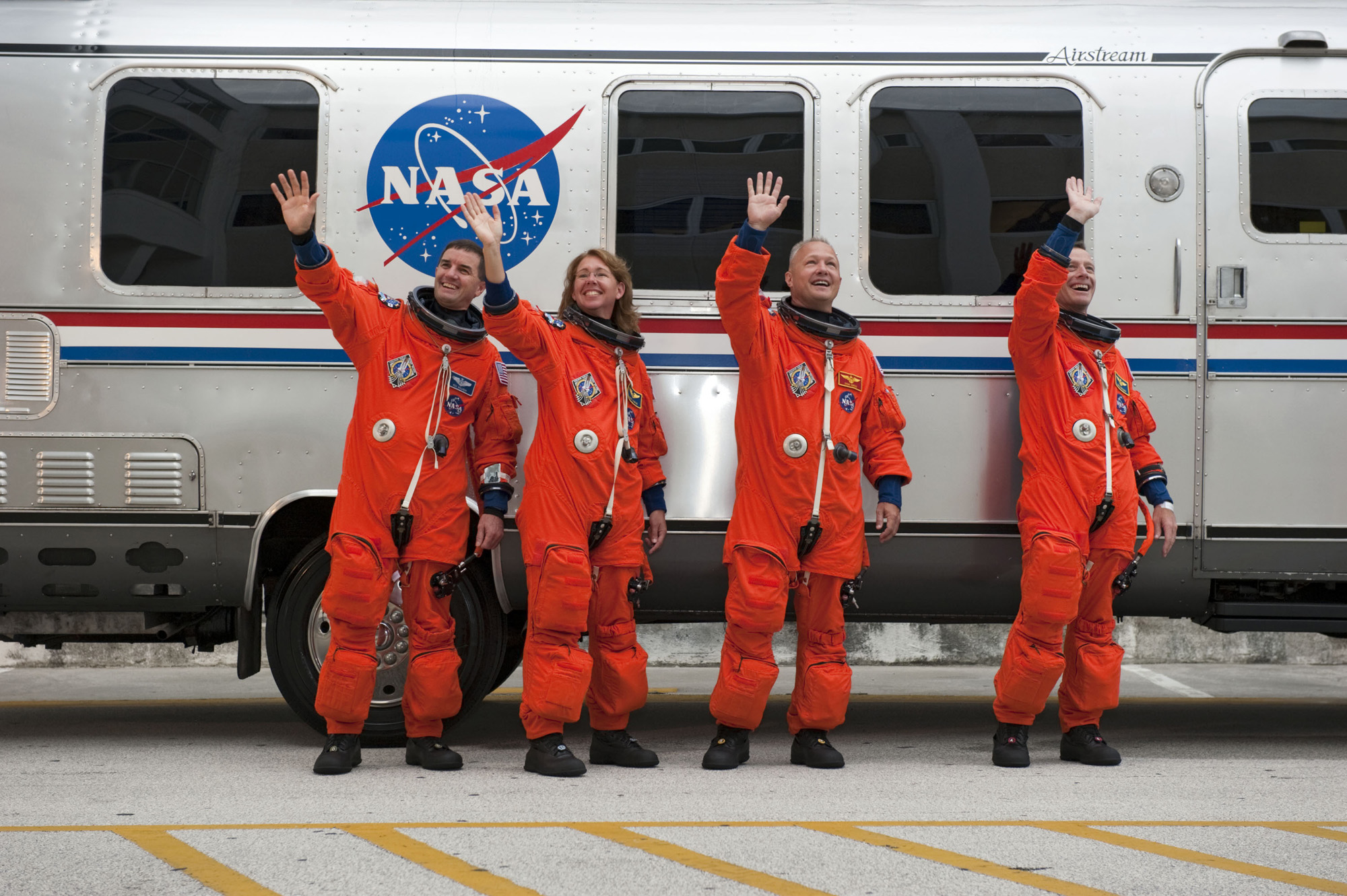
Dressed in their bright-orange launch-and-entry suits, the final four astronauts to launch aboard a space shuttle wave to media and employees cheering them on in front of the Astronaut Crew Quarters in the Operations and Checkout Building at NASA's Kennedy Space Center in Florida on July 8, 2011. From left, are STS-135 Mission Specialists Rex Walheim and Sandy Magnus, Pilot Doug Hurley, and Commander Chris Ferguson. [Read More]
Hubble Takes Millionth View of Space

NASA's prolific Hubble Space Telescope hit a major milestone this week after 21 years in orbit: one million science observations, with the latest being a look at possible signs of water in an alien planet's atmosphere.
The landmark observation occurred on Monday, July 4, while the observatory was looking at a planet 1,000 light-years away. [Read More]
Bright Lights, Last Space Shuttle
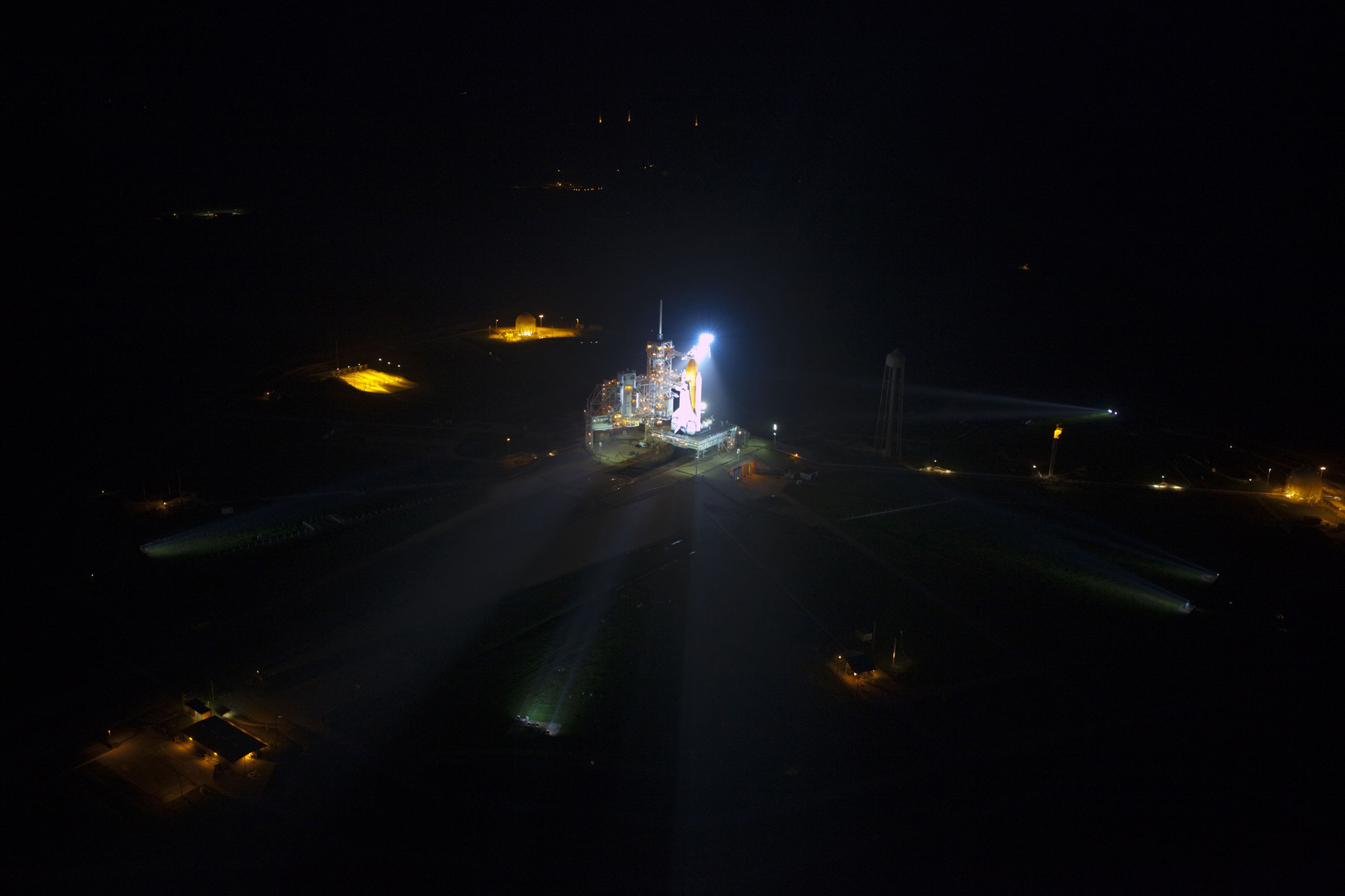
Space shuttle Atlantis, attached to its bright-orange external fuel tank and twin solid rocket boosters, is bathed in xenon lights and takes center stage on Launch Pad 39A at NASA's Kennedy Space Center in Florida in this aerial image taken from a NASA helicopter in the predawn hours just before launch on July 8, 2011. [More Photos of Last Shuttle Launch]
Elmo and NASA
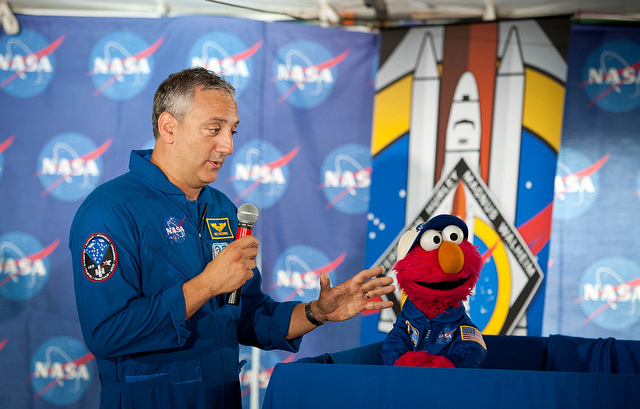
Elmo, that furry red resident of Sesame Street, made an appearance at NASA's Kennedy Space Center this week to watch the space shuttle Atlantis launch for the last time.
Here, NASA astronaut Mike Massimino, left, and Sesame Street's Elmo speak at the STS-135 Tweetup on July 7, 2011 at Kennedy Space Center in Cape Canaveral, Fla. Elmo asked the astronauts questions about living and working in space.
Waltzing (Asteroid) Mathilde
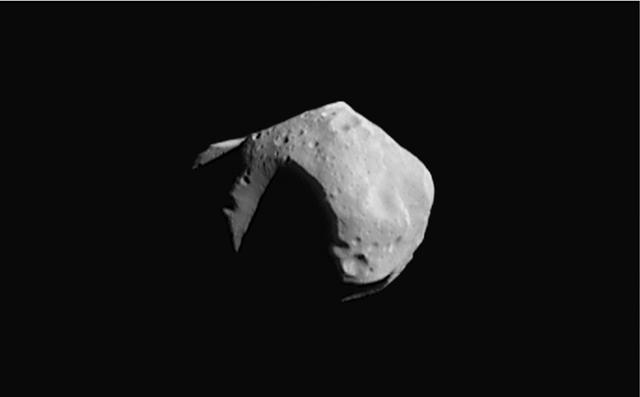
This photo of Asteroid 253 Mathilde, a C-type asteroid, was released by NASA to help the public understand a different asteroid, called 52 Europa, ahead of a July 3 observation campaign. On July 3, asteroid 52 Europa passed in front of a star as NASA astronomers watched (an event called an occultation).
The occultation helped astronomers better understand the size of 52 Europa, which has a composition similar to that of 253 Mathilde, NASA said.
Choices on Mars
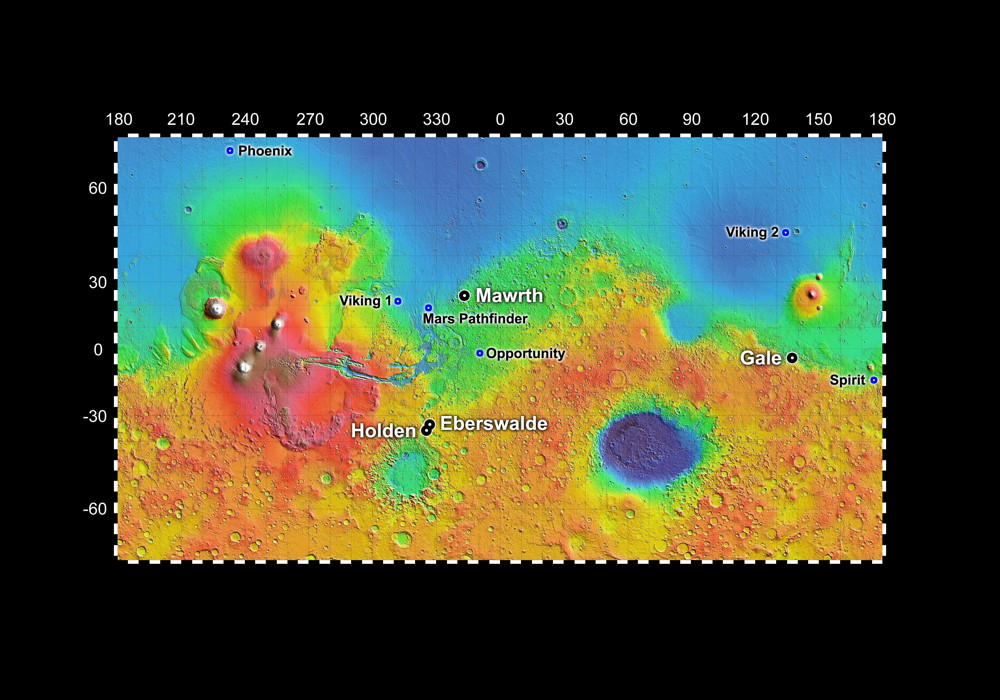
This week, NASA officials revealed that they have whittled the possible landing sites for its next Mars rover down to two. The Mars Science Laboratory (MSL) mission will drop a car-size rover named Curiosity down to the Red Planet's surface at one of two craters: Gale or Eberswalde.
Nibiru, in an Artist's Eye

The waxing obsession with Nibiru, which conspiracy theorists say is a planet swinging in from the outskirts of our solar system that is going to crash into Earth and wipe out humanity in 2012 — or, in some opinions, 2011 — shows that an astonishing number of people "are watching YouTube videos and visiting slick websites with nothing in their skeptical toolkit," in the words of David Morrison, a planetary astronomer at NASA Ames Research Center and senior scientist at the NASA Astrobiology Institute. [Read More]
Join our Space Forums to keep talking space on the latest missions, night sky and more! And if you have a news tip, correction or comment, let us know at: community@space.com.
Get the Space.com Newsletter
Breaking space news, the latest updates on rocket launches, skywatching events and more!

Tariq is the Editor-in-Chief of Space.com and joined the team in 2001, first as an intern and staff writer, and later as an editor. He covers human spaceflight, exploration and space science, as well as skywatching and entertainment. He became Space.com's Managing Editor in 2009 and Editor-in-Chief in 2019. Before joining Space.com, Tariq was a staff reporter for The Los Angeles Times covering education and city beats in La Habra, Fullerton and Huntington Beach. In October 2022, Tariq received the Harry Kolcum Award for excellence in space reporting from the National Space Club Florida Committee. He is also an Eagle Scout (yes, he has the Space Exploration merit badge) and went to Space Camp four times as a kid and a fifth time as an adult. He has journalism degrees from the University of Southern California and New York University. You can find Tariq at Space.com and as the co-host to the This Week In Space podcast with space historian Rod Pyle on the TWiT network. To see his latest project, you can follow Tariq on Twitter @tariqjmalik.
